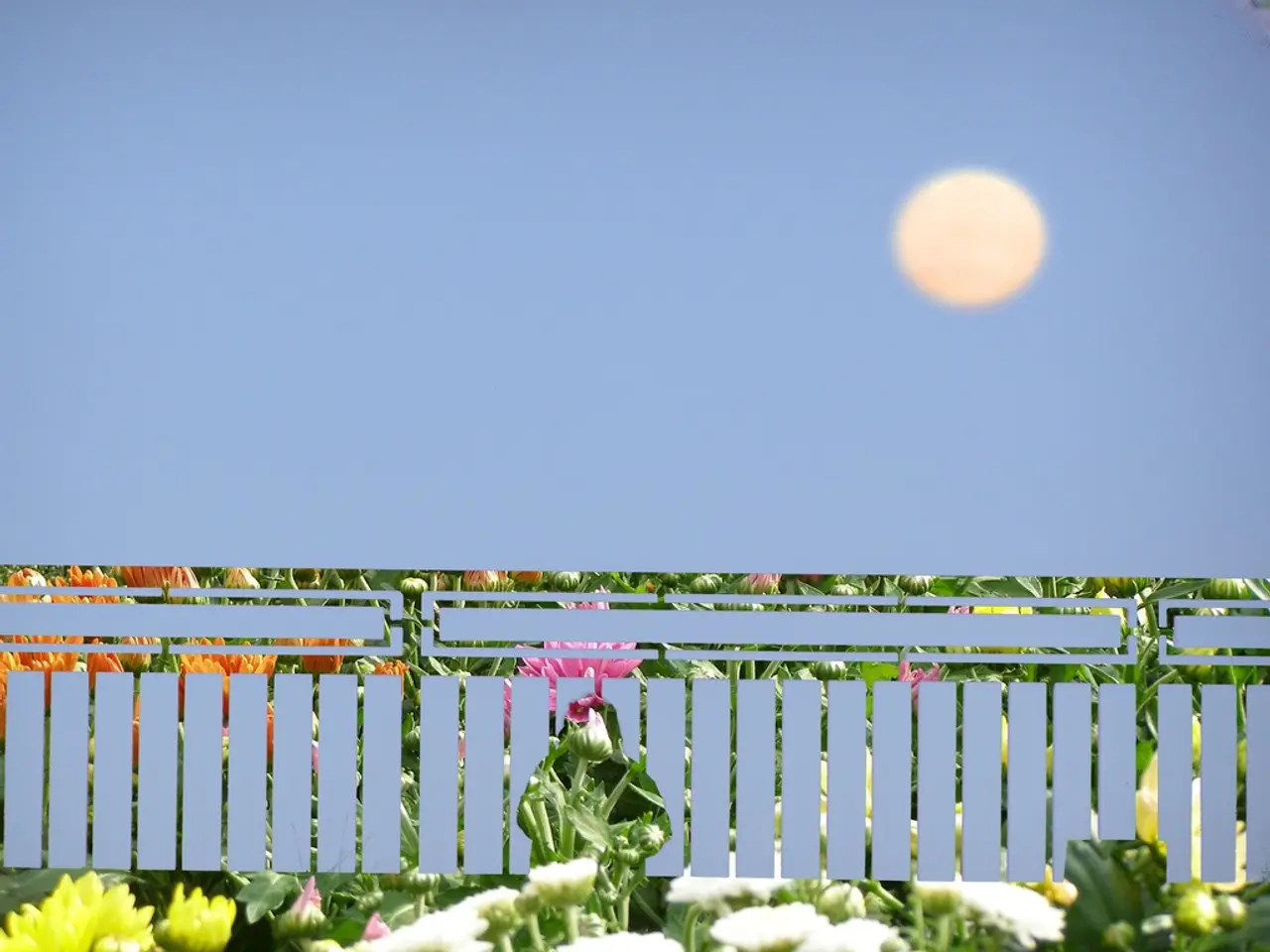Instructions for Crafting a Basic Lunar Garden Filled with Luminous Plants Ideal for Night-Time Bloom
Moon gardens, originating from centuries-old traditions, offer a unique and enchanting way to experience your outdoor space after dark. These gardens, designed to come alive under the moon's glow, are mostly monochromatic, using white flowers and silver or white variegated foliage to reflect the moonlight.
Choosing the Perfect Location
The ideal location for a moon garden should receive ample moonlight without interference from artificial lighting sources. It should have good exposure to the night sky while offering some protection from strong winds. Site preparation for a moon garden should pay special attention to drainage since many silver-leaved plants prefer well-draining soil conditions.
Plant Selection
White flowers such as moonflowers, sweet alyssum, evening primroses, and Four o'clocks are central to a moon garden. These plants release intensified fragrances specifically designed to attract nocturnal pollinators. Night-scented plants like night-blooming jasmine, sweet rocket, tobacco plants, and tuberose add an extra layer of allure to your moon garden.
The garden should be designed around the principle that white and silver-toned plants reflect available light far better than darker foliage. Taller white-flowering shrubs and small trees should be placed as backdrop elements, with mid-height perennials forming the middle layer, and ground-covering silver plants creating foreground interest.
Plant Arrangement
Plant arrangement in a moon garden requires careful attention to both daytime and nighttime effects. Position fragrant plants and flowers near seating areas or along pathways for appreciation of their evening scents. Avoid mixing bright white flowers with cream or off-white varieties in the same visual grouping.
Additional Features
A simple reflecting pool can double the impact of moonlight while providing habitat for beneficial wildlife. Water features such as still pools or gentle fountains provide reflective surfaces that double the impact of moonlight. Light-colored pathways made from white gravel, pale stone, or crushed shells create navigation routes that remain visible in moonlight.
Seating Areas and Structural Plants
The seating areas in a moon garden require strategic placement to maximize views of light-reflecting plants while providing comfort for extended evening enjoyment. Silver and gray foliage plants like Artemisia, Lamb's ear, and dusty miller provide structural support and conserve moisture in hot, dry climates.
Maintenance
Maintenance of a moon garden tends to be lighter than traditional flower gardens, but attention to deadheading spent flowers is more important. This ensures a continuous display of blooms throughout the growing season and helps maintain the garden's pristine appearance.
Historical Inspirations
The historical gardens that likely inspired the creation of moon gardens are traditional Japanese gardens from the Heian period (794–1185) and Chinese classical gardens from the Ming Dynasty (1368–1644). The concept originates from the Mehtab Bagh, a moonlight garden designed by Emperor Shah Jahan as part of the Taj Mahal complex.
By following these guidelines, you can create a captivating moon garden that offers a cool hideaway during the hot summer months, supports nocturnal pollinators, and provides a serene retreat under the moon's gentle glow.
Read also:
- Peptide YY (PYY): Exploring its Role in Appetite Suppression, Intestinal Health, and Cognitive Links
- Toddler Health: Rotavirus Signs, Origins, and Potential Complications
- Digestive issues and heart discomfort: Root causes and associated health conditions
- House Infernos: Deadly Hazards Surpassing the Flames







